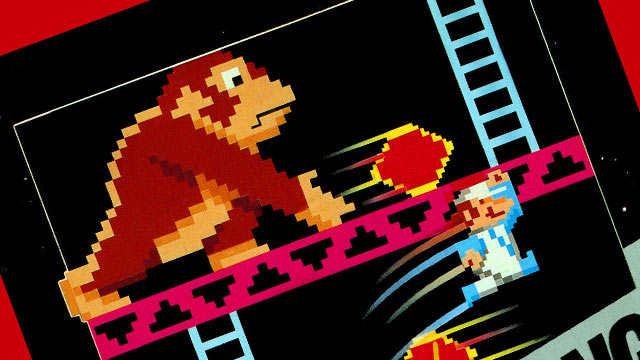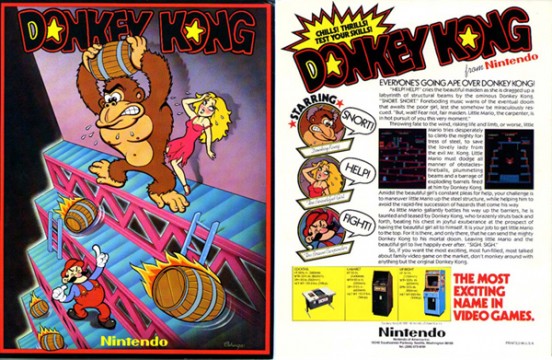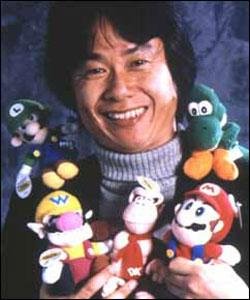
Donkey Kong came from a disaster, of sorts. You see, Nintendo had been enjoying a mildly successful arcade business in the early 1980s but had yet to experience a major hit. When the Radarscope game became a huge flop, NCL needed not only a new game, but a new game that could run on the thousands of already-created Radarscope boards.
That being said, there weren’t a whole lot of people to work on the project, so NCL president Hiroshi Yamauchi put the only guy he could spare on game design. You all know already that it was a young artist named Shigeru Miyamoto who answered the call, so I doubt that this would be a surprising “Rest of the Story” for any of you readers. Basically, though, Donkey Kong started as almost a throwaway — no matter how poorly it did, it would pretty much have to do better than Radarscope.
What was funny about Miyamoto was that he had practically no prior experience in game design, certainly not helming his own game on a nearly unsupervised basis. While Gumpei Yokoi’s team handled the programming for Donkey Kong, Miyamoto himself was in charge of practically everything else, from art, to music, to game design.

Did you know Miyamoto invented the concept of different levels? Most games of the time, including perennial arcade hit Pac-Man, were based on one board and one board only. Pac-Man would be faced with another board when he finished, exactly the same as the first, Same for Space Invaders and many clones thereof. Sure, there may have been more bad guys in each wave, but essentially, what you were playing was a tougher version of the first level.
 Not so with Donkey Kong. Unlike other games, Miyamoto wanted Donkey Kong to have multiple stages. To which the programmers immediately asked, “Why?” Fortunately, cooler, less experienced heads prevailed, and Donkey Kong consisted of four distinct levels. In addition, the levels did not repeat in exact order — the order shifted from loop to loop (in the arcade version, not the NES version), so the levels didn’t even repeat in the same order reach time.
Not so with Donkey Kong. Unlike other games, Miyamoto wanted Donkey Kong to have multiple stages. To which the programmers immediately asked, “Why?” Fortunately, cooler, less experienced heads prevailed, and Donkey Kong consisted of four distinct levels. In addition, the levels did not repeat in exact order — the order shifted from loop to loop (in the arcade version, not the NES version), so the levels didn’t even repeat in the same order reach time.
Everyone knows about how Mario has a hat and mustache due to the limitations of the Radarscope board, and how he has overalls due to the small amount of animation available, but did you know Miyamoto himself designed and drew the sprites? Or how he tapped out the notes and rhythm on his electronic keyboard? Yup, Koji Kondo hadn’t entered the picture yet.
Not to take anything away from Gumpei Yokoi, who provided valuable input, or his team, who provided the necessary programming to make the game, but Donkey Kong more than any of his other creations is Miyamoto’s beast. It is unquestionably the game where he had the most creative input and freedom, especially since none of his later games were last-ditch efforts, and because he always had larger teams of people, giving more and more opinions. So, in essence, Donkey Kong is distilled Miyamoto at its finest.




 ShareThis
ShareThis







great article….. man I wish mario still looked like that. lol